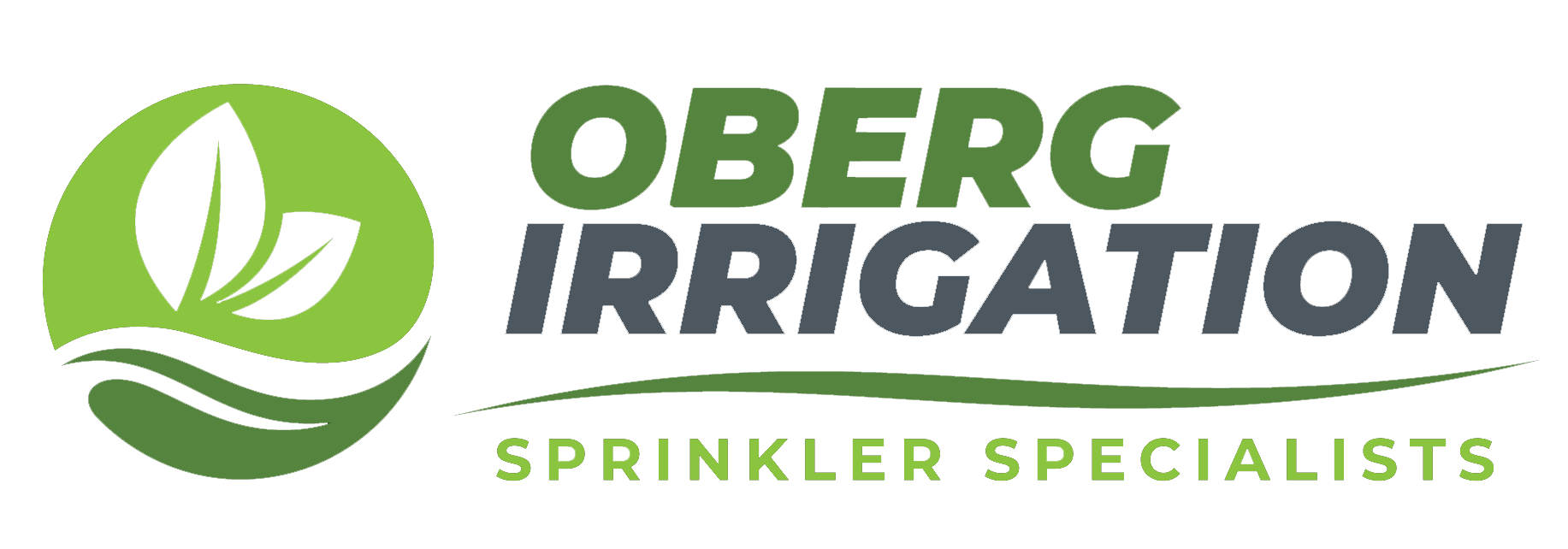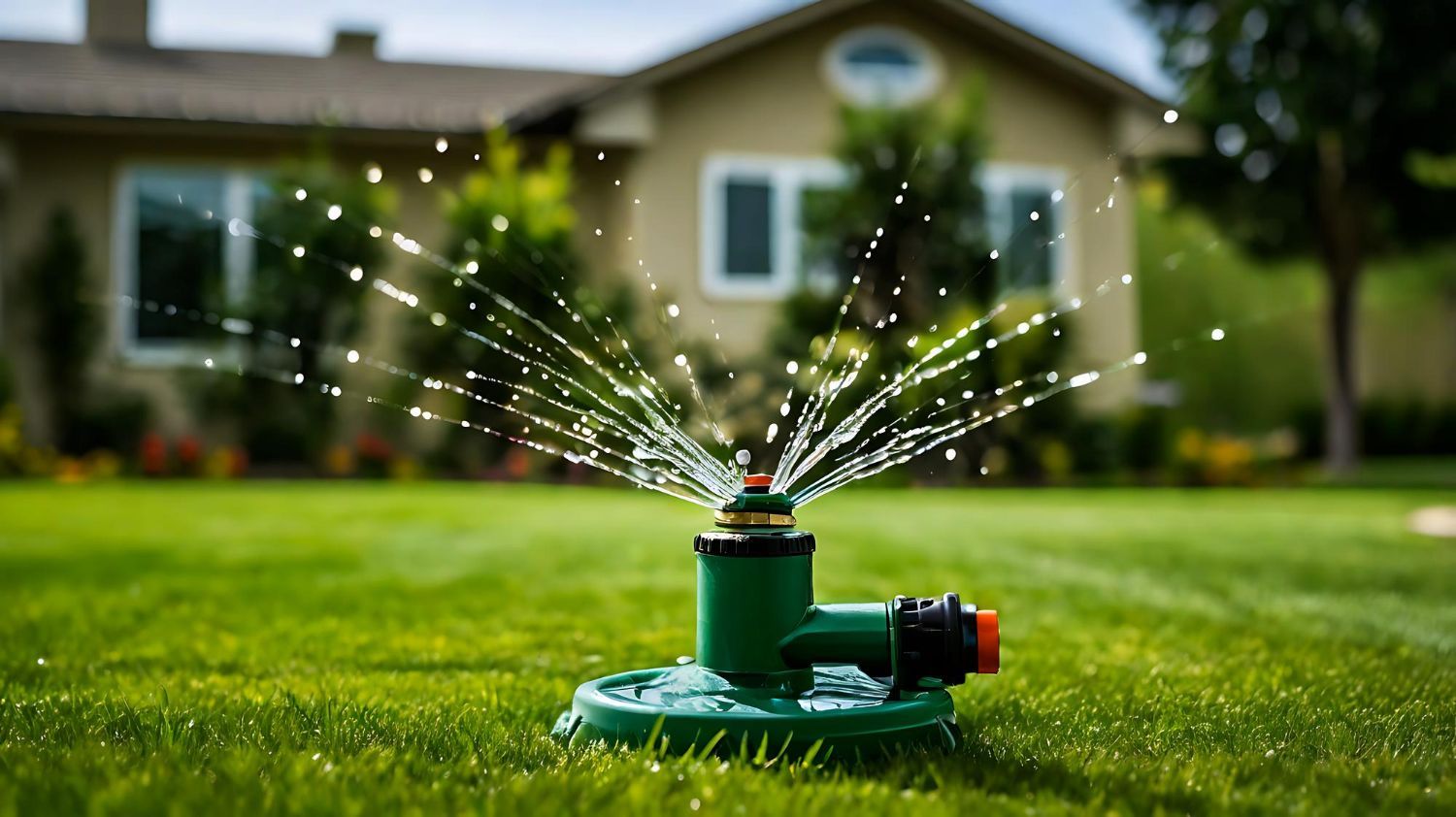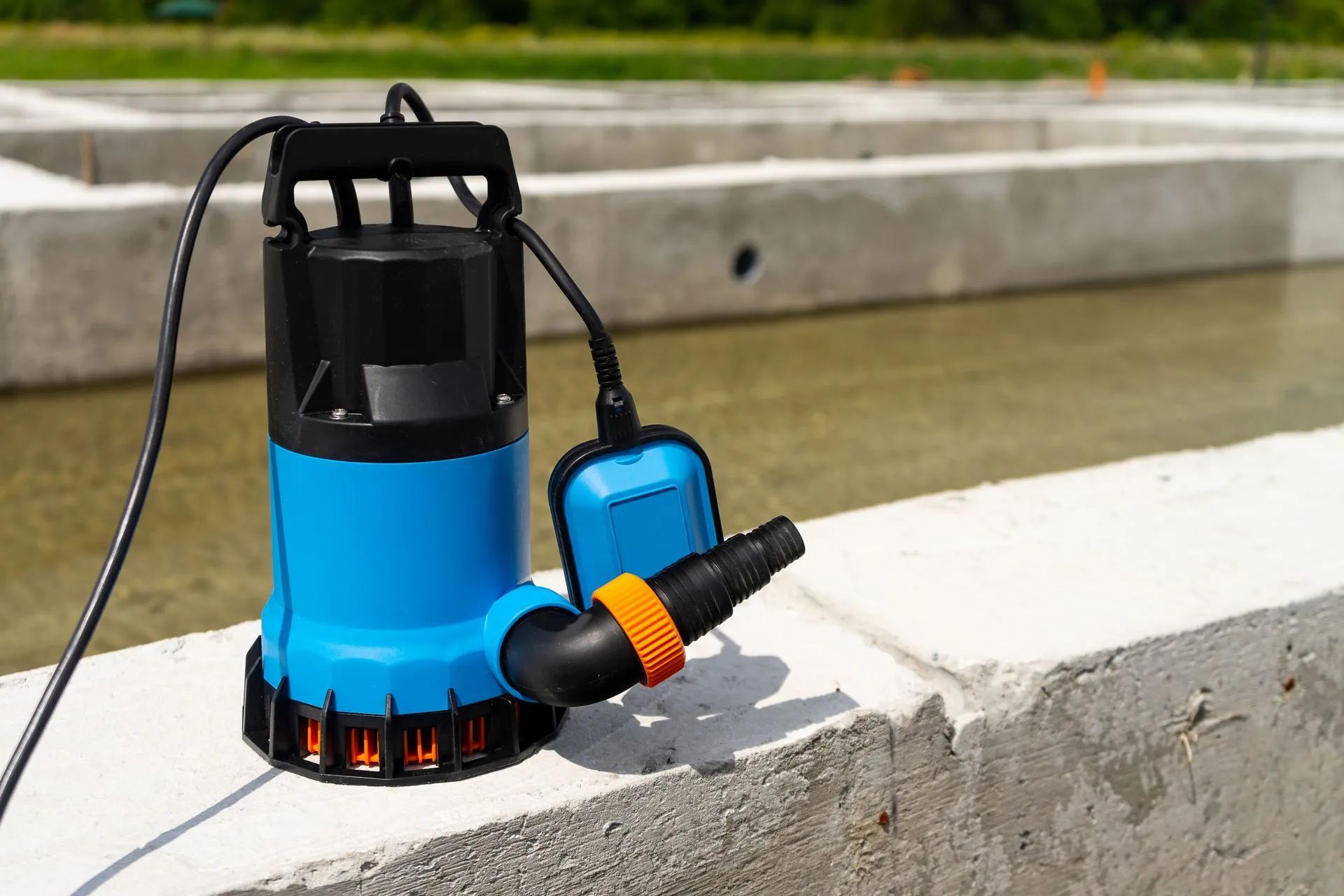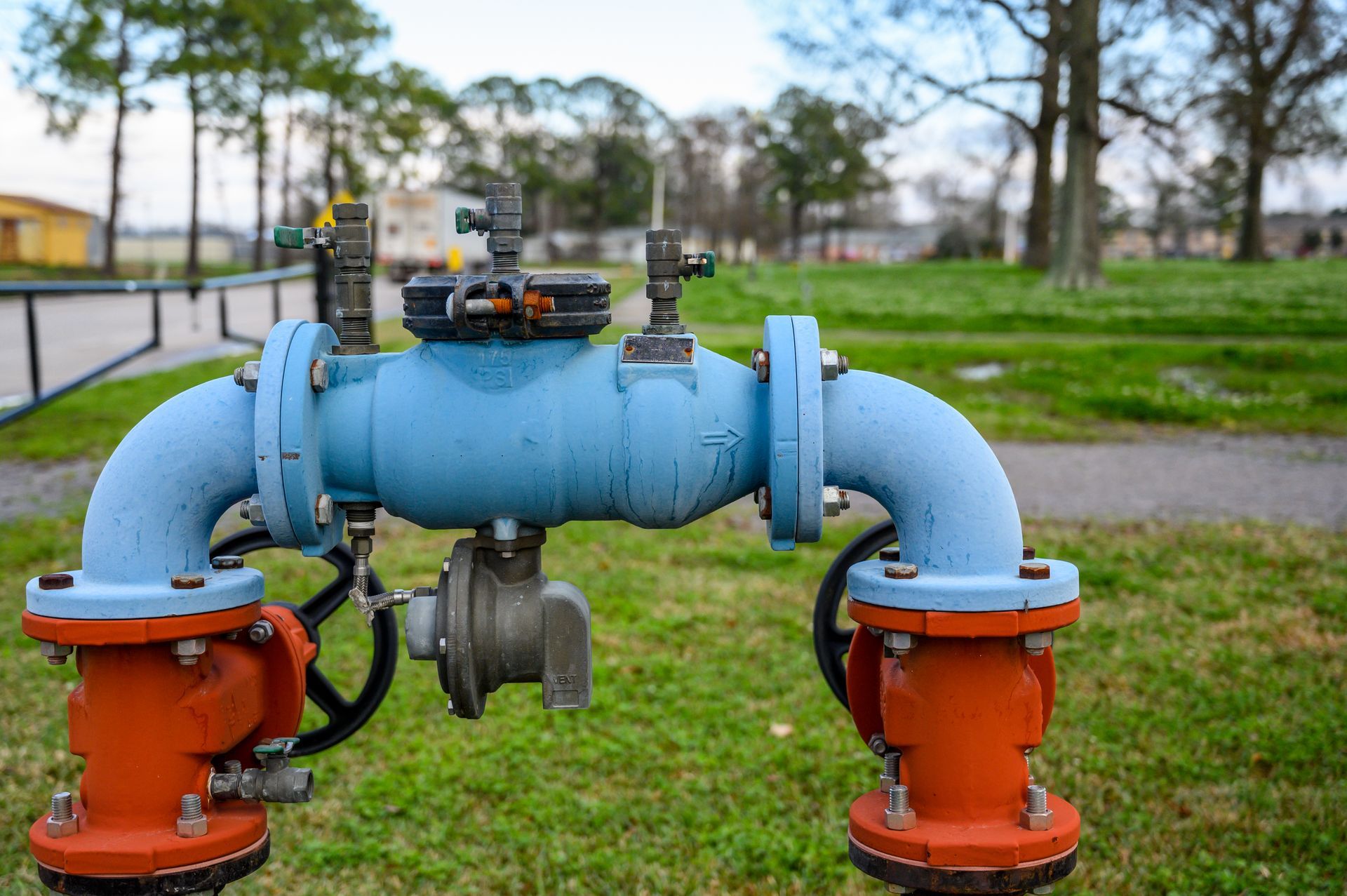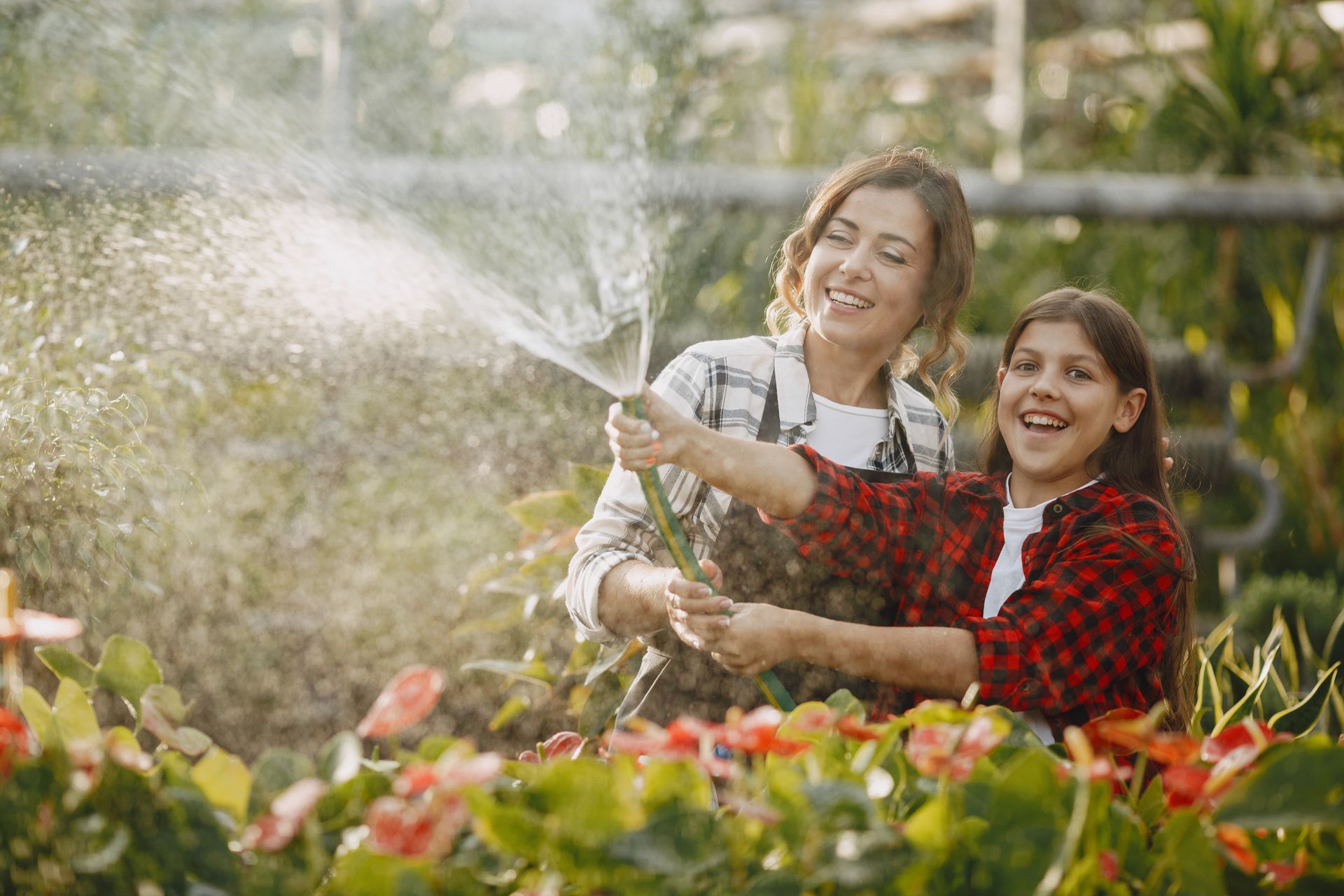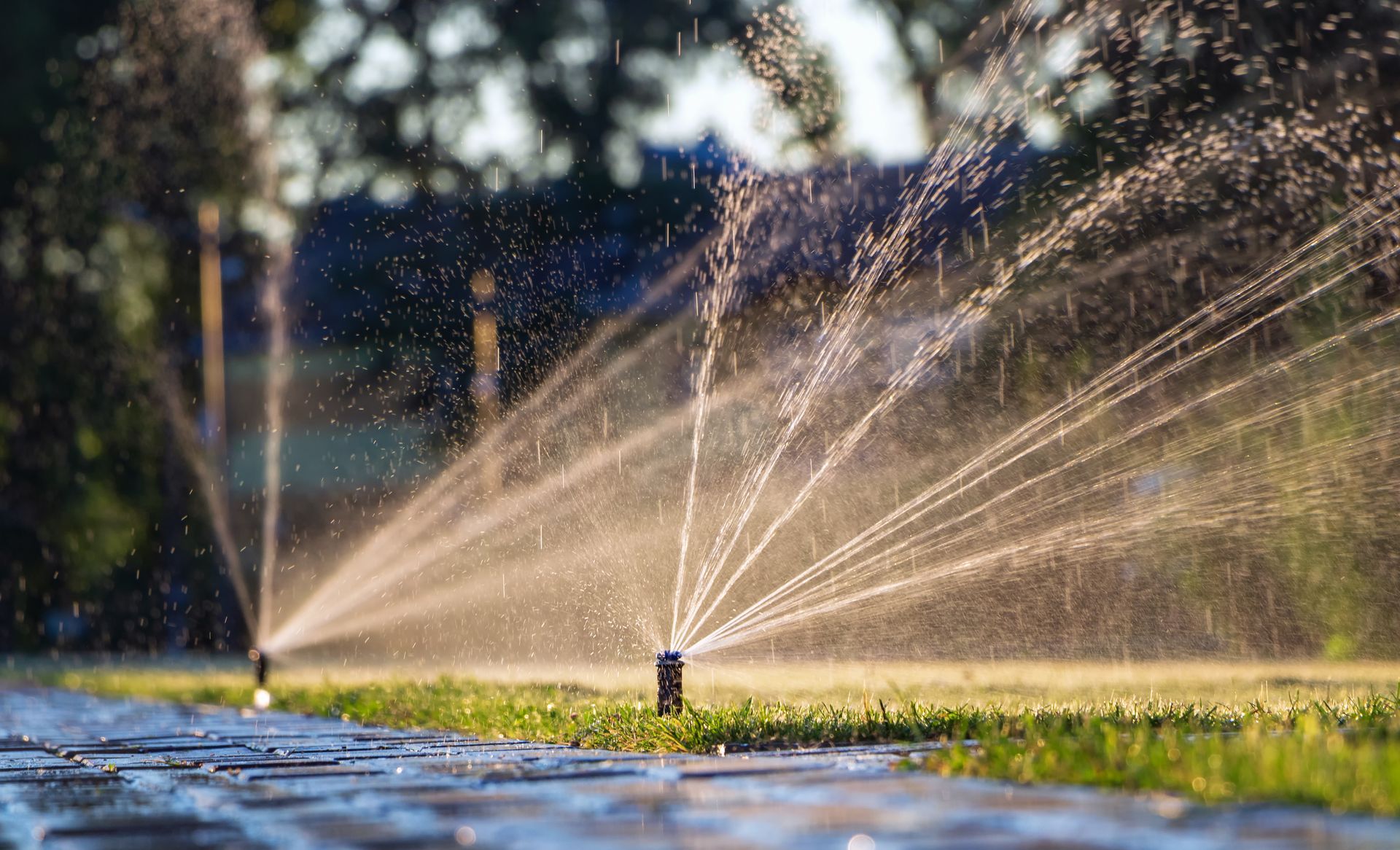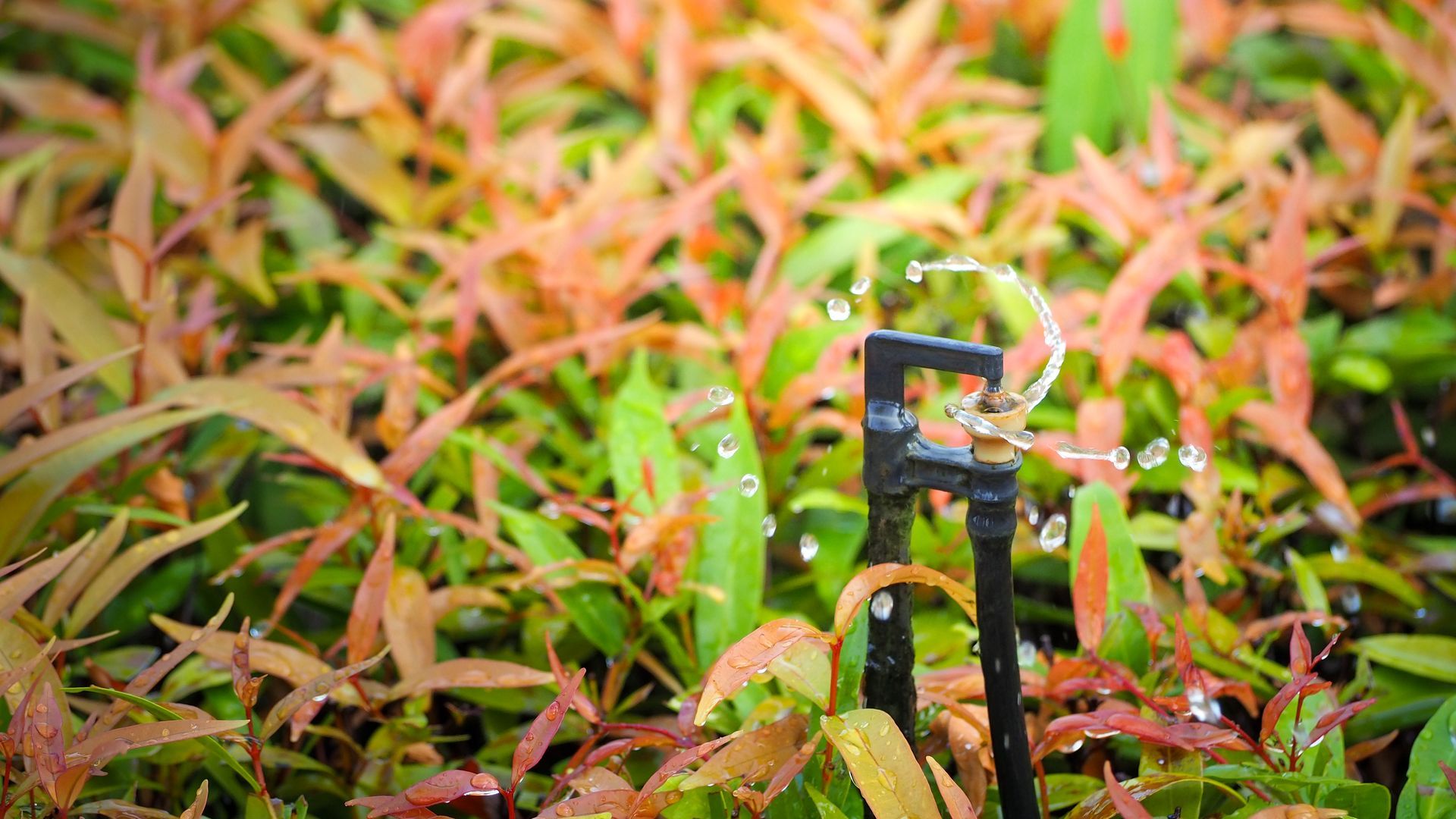Turning Up the Heat: Maximizing Summer Water Efficiency in Your Garden
As the summer heat descends, ensuring your garden remains healthy becomes a priority. The intense sun and high temperatures can put significant stress on plants, making efficient watering practices crucial. Optimizing water usage not only conserves a precious resource but also ensures vibrant plant growth, saves money, and contributes to a sustainable environment.
Recognizing the Signs of Water Stress
Plants will exhibit specific signs when they're not receiving adequate water. Wilting leaves during the day, especially if they don't recover by evening, are a significant indicator. Additionally, sources of water stress include dry, brittle foliage and slowed growth. By closely monitoring these cues, you can align your watering practices to meet the needs of your garden.
Choosing the Right Watering Tools
Investing in appropriate watering tools can make a significant difference. Drip irrigation systems are highly efficient, delivering water directly to the roots and minimizing evaporation. Smart irrigation controllers adjust watering schedules based on weather conditions, ensuring your plants receive precise watering, enhancing their resilience against the summer sun.
Creating a Watering Schedule
Designing a watering schedule tailored to your garden's needs is essential to maximize efficiency. Watering early in the morning or late in the afternoon reduces evaporation losses, allowing more water to reach the roots. Frequency will depend on your soil type; sandy soil requires more frequent watering, whereas clay soil retains moisture longer. Adjust the schedule based on these factors and rainfall to optimize water usage.
Mulching for Moisture Retention
Applying a layer of mulch around your plants is an excellent method to retain moisture in the soil. Organic materials like wood chips or straw decompose over time, adding nutrients to the soil while minimizing evaporation. Mulching keeps the soil temperature stable, reduces water runoff, and suppresses weeds that compete for resources, making it a valuable addition to any garden.
Maximizing Plant Health Through Grouping
Grouping plants with similar water requirements together allows for more efficient watering. By creating zones based on specific needs, you avoid overwatering or underwatering, promoting uniform growth. Additionally, placing taller plants strategically can provide shade for smaller, more susceptible plants, further aiding in moisture retention and reducing water stress.
Emphasizing Soil Health
Healthy soil promotes better water retention and plant health. Regularly incorporating organic matter, such as compost, can significantly enhance soil structure, fostering an environment where roots can access water more effectively. Aerating compacted soil improves drainage and root penetration, further encouraging water efficiency.
Monitoring and Adjusting
Regularly assessing your garden's condition is vital. Use moisture meters to evaluate soil moisture levels, ensuring your plants receive adequate hydration without waterlogging. Adjust your strategies based on observations and changing weather patterns, maintaining flexibility to ensure optimal plant health and water usage.
Community Involvement and Sustainable Practices
Engaging with the local community about sustainable practices can amplify your efforts. Share your successful strategies with neighbors, encourage the adoption of water-saving techniques, and support local initiatives aimed at conservation. Working together, communities can make a substantial impact on regional water usage and promote environmental responsibility.
Maximizing water efficiency in your garden during summer is both an art and a science. By understanding plant needs, using the right tools, and adopting strategic practices, you can maintain a thriving garden while conserving resources. Contact Oberg Irrigation for expert consultations and services tailored to your landscape. Let us help you achieve a lush, sustainable garden this summer.
